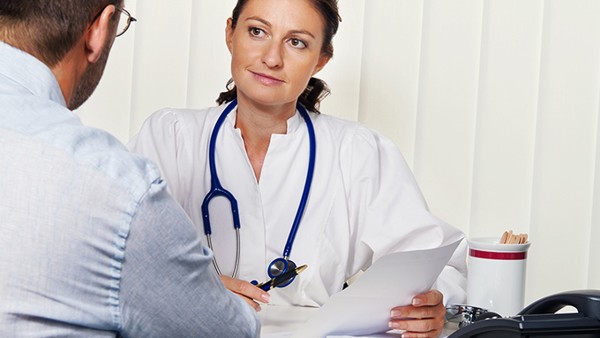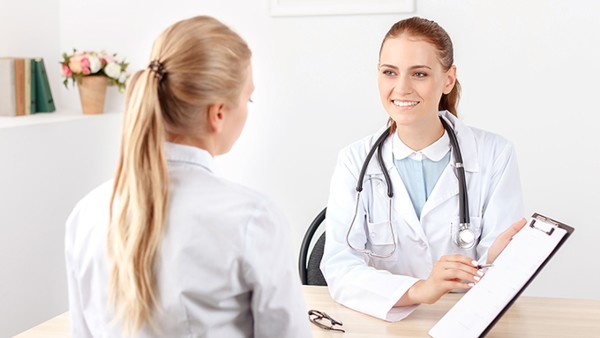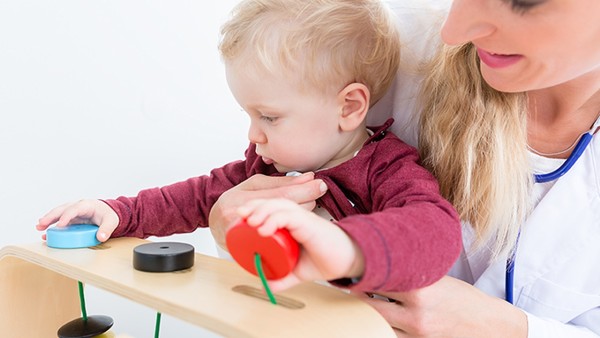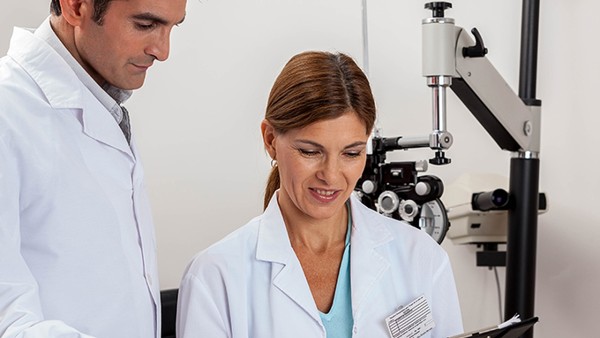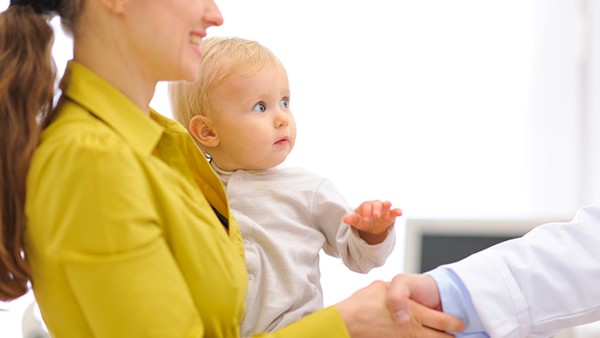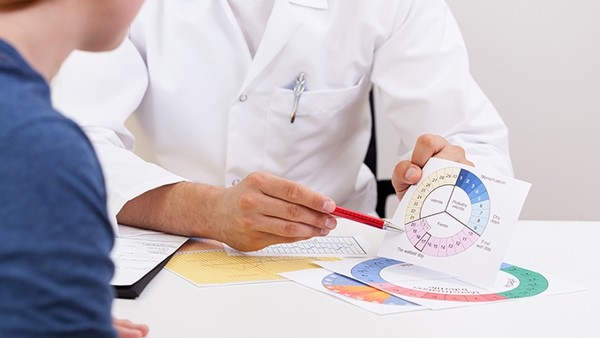Which Women Are Prone to Uterine Fibroids?
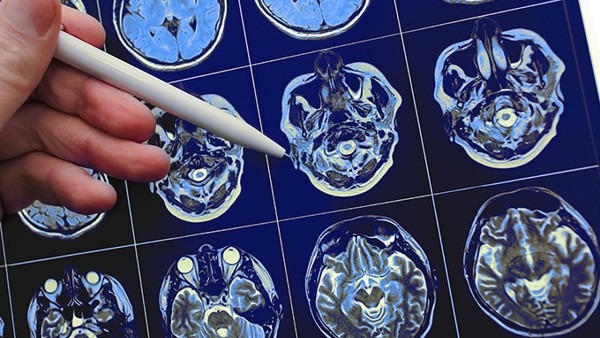
Uterine fibroids are noncancerous growths that develop in the muscular wall of the uterus. They are the most common noncancerous tumor in women, affecting up to 80% of women by the age of 50.
Fibroids can vary in size from small, pea-sized growths to large, grapefruit-sized masses. They can be single or multiple, and they can grow anywhere in the uterus.
Risk Factors
The exact cause of uterine fibroids is unknown, but several risk factors have been identified, including:
Age: Fibroids are most common in women in their 30s and 40s.
Race: African American women are more likely to develop fibroids than white women.
Family history: Women with a family history of fibroids are more likely to develop them themselves.
Obesity: Women who are obese are more likely to develop fibroids.
Hormonal factors: Fibroids are fueled by the hormones estrogen and progesterone. Women who have high levels of these hormones are more likely to develop fibroids.
Certain medical conditions: Women who have certain medical conditions, such as diabetes or high blood pressure, are more likely to develop fibroids.
Other factors that may increase the risk of uterine fibroids include:
Menstrual history: Women who have early onset of menstruation (before age 12) or late menopause (after age 55) are more likely to develop fibroids.
Diet: A diet that is high in red meat and processed foods may increase the risk of fibroids.
Alcohol consumption: Women who drink alcohol are more likely to develop fibroids.
Smoking: Women who smoke are more likely to develop fibroids.
Symptoms
The symptoms of uterine fibroids can vary depending on the size and location of the growths. Some women experience no symptoms at all, while others may experience:
Heavy, prolonged menstrual bleeding
Pelvic pain
Pressure or fullness in the lower abdomen
Frequent urination
Difficulty urinating
Constipation
Back pain
Leg pain
Infertility
Diagnosis
Fibroids are usually diagnosed during a pelvic exam. Your doctor may be able to feel the fibroids through the walls of your uterus. An ultrasound may also be used to confirm the diagnosis and determine the size and location of the fibroids.
Treatment
The treatment for uterine fibroids depends on the size, location, and symptoms of the growths. Treatment options include:
Medication: Medications can be used to shrink fibroids or relieve symptoms.
Surgery: Surgery may be necessary to remove fibroids if they are causing severe symptoms.
Uterine artery embolization (UAE): UAE is a minimally invasive procedure that involves blocking the blood supply to the fibroids. This can cause the fibroids to shrink or disappear.
Focused ultrasound surgery (FUS): FUS is a noninvasive procedure that uses ultrasound waves to destroy fibroids.
Prevention
There is no sure way to prevent uterine fibroids, but there are some things you can do to reduce your risk, including:
Maintaining a healthy weight
Eating a healthy diet
Getting regular exercise
Limiting alcohol intake
Avoiding smoking
If you are concerned about your risk of uterine fibroids, talk to your doctor.
The above is all the content that the editor wants to share with you. I sincerely hope that these contents can bring some help to your life and health, and I also wish that your life will be happier and happier.
Topic: #are #women #which- • Winter melon and watermelon are very effective in treating edema in pregnancy.
- • Breathing and lungs are a little bit coughing occasionally and the phlegm is col
- • What are the daily precautions for pseudocondyloma
- • 10 foods that are good for men to replenish their hormones
- • Newborn hiccups are common due to these three major reasons

